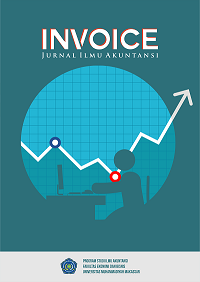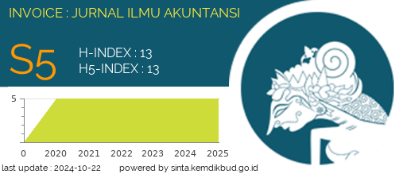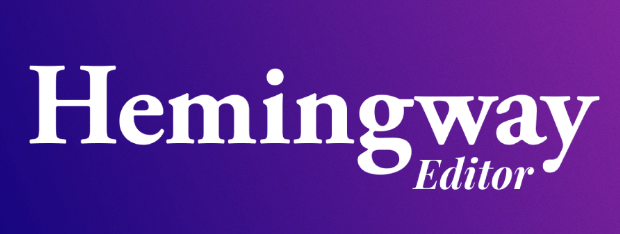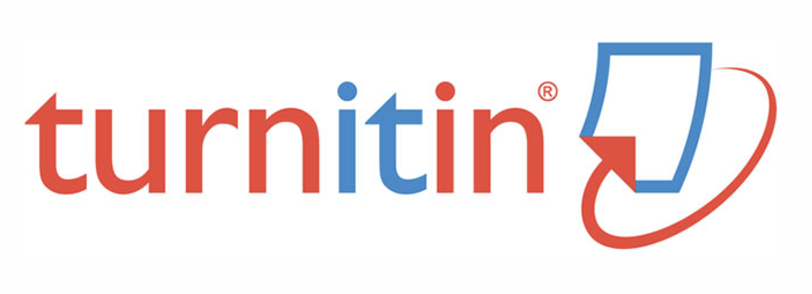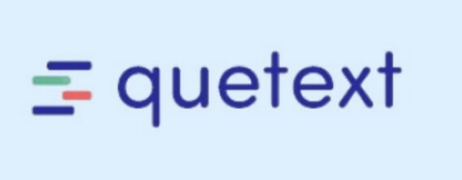Optimal Portfolio Analysis Using the Markowitz Model: A Case Study in Mining Industry Companies Listed on the Indonesia Stock Exchange
DOI: https://doi.org/10.26618/yr7v9q58
Abstract
This study aims to test. Optimal Portfolio Using the Markowitz Model: Case Study in Mining Industry Companies Listed on the Indonesia Stock Exchange. This study uses Secondary data needed in this study is the Annual Report data of Mining Industry Companies Listed on the Indonesia Stock Exchange in 2021 - 2023 from the official website of each company. Sampling of respondents was carried out by purposive sampling. Purposive sampling is the selection of samples based on assessment. This analysis is assisted by Microsoft Excel software. The results of the study show that the portfolio with maximum profit consists of ICNO 2.93, ENRG 0.32, TINS -0.23, MEDC 0.01, PSAB -1.24, IFSH 3.01, ANTM 1.65, MBAP 0.09, and PTBA 1.40. The expected return of the portfolio is 0.66 with a risk of 0.22. This optimal portfolio is better than a portfolio filled with 10 stocks with the same weight, where the expected return increases from 0.21 to 0.66 and the standard deviation decreases from 0.29 to 0.22. This shows that allocating funds using the optimal portfolio is more effective than equalizing the weights on each stock.References
Anshori,. 2006. Quantitative Research Methodology. .Surabaya. Faculty of Economics, Airlangga University
Becker, Franziska, Marc Guertler, Martin Hibbeln. 2010. Markowitz Versus Michaud: Portfolio Optimization Strategies Reconsidered. Working Paper Series, No. IF30V3/09.
Brigham and Houston, (2016). Fundamentals of Financial Management. 14th Edition. Book 1. Translated by NI Sallama and F. Kusumastuti. Salemba Empat. Jakarta
Chasanah and Kiswara, (2017). The Effect of Earnings per Share, Book Value per Share, and Abnormal Transactions of Related Parties on Value Relevance with Corporate Governance Mechanisms as Moderating Variables. Diponegoro Journal of Accounting, 6(3), 1–10
Darmadi, ZFH (2020). The Effect of Earnings Per Share, Book Value of Equity and Cash Flow on Stock Prices with Accounting Conservatism as a Moderating Variable. Thesis. Semarang: Sultan Agung Islamic University
Eduardus. (2010). Portfolio and Investment: Theory and Application. 1st Edition. Kanisius. Yogyakarta
Foedirman and Susilawati, (2020). Analysis of Liquidity Ratio and Profitability Ratio to Assess Company Financial Performance (Case Study at PT. X in 2019-2020). IX Accounting Scientific Conference. 9(1), 223-235
Gafur, A., & Baubau, P. (2024). Formation of Optimal Investment Portfolio Using Markowitz Model and Single Index Model on Risk-Free Assets and Risky Assets (LQ 45 Stocks on the Indonesia Stock Exchange). In Page 228 Journal of Management and Innovation Entrepreunership (JMIE) (Vol. 1, Issue 2).
Irfani, R. Anhar, M. (2019). The Effect of Profitability, Leverage, Managerial Ownership, and Institutional Ownership on Stock Prices (Empirical Study: Manufacturing Companies on the Indonesia Stock Exchange 2015-2017). STEI Economic Journal, 28(1): 143-152
Nurdianingsih, R., & Suryadi, E. (2021). Comparative Analysis of Optimal Portfolio Using Single Index Model and Markowitz Model in Determining Stock Investment INFOARTI KEL ABSTR AK. In Jurnal Produktivitas (Vol. 8).
Prabowo, (2020). Analysis of Profitability Ratio and Market Ratio to Stock Price in LQ-45 Index Companies Listed on the Indonesia Stock Exchange for the 2013-2017 Period. Bisecer, 3(1), 61–92
Prasetyo, ET, & Yuniati, T. (2020). Profitability Ratio Analysis to Determine Stock Investment at PT. Unilever, TBK in the Period 2010-2018. Scientific Journal of Accounting and Management, 16.
Rahmi, A. (2023). Optimal Portfolio Considering Return Prediction Using Support Vector Regression (SVR) Method.
Sasmita (2022). Optimal Portfolio Using Single Index Model and Alpha Jensen for Best Investment Alternative (Study on IDX30, BISNIS27, and INVESTOR33 Stocks on the Indonesia Stock Exchange 2017-2019 Period). 25(3).
Ticoh, Janne Deivy. 2010. Optimizing Project Portfolio Using Markowitz Efficient Curve. Vocational Ed, Journal of Technology and Vocational Education, 1(1): p: 36-57
Downloads
Published
Issue
Section
License
Authors who publish with Invoice: Jurnal Ilmu Akuntansi agree to the following terms:
-
Copyright Ownership
The copyright of all articles published in this journal remains with the author(s). However, the authors grant Invoice: Jurnal Ilmu Akuntansi the right of first publication with the work simultaneously licensed under a Creative Commons Attribution 4.0 International License (CC BY 4.0). This license allows others to share, copy, redistribute, adapt, and build upon the work for any purpose, even commercially, as long as proper credit is given to the original author(s) and the source. -
Licensing and Access
Invoice: Jurnal Ilmu Akuntansi provides immediate open access to its content on the principle that making research freely available to the public supports a greater global exchange of knowledge. All published materials are available freely without subscription or payment and can be accessed, downloaded, and reused by any user provided that appropriate attribution is given. -
Permission for Reuse
For uses not covered by the CC BY 4.0 license, such as commercial reprints, translations, or any form of adaptation without clear attribution, users must obtain written permission from the editorial team. Requests for such permissions can be directed to the editorial office at: [invoice@unismuh.ac.id]. -
Plagiarism and Originality
Authors are responsible for the originality of their submissions. All articles are screened for plagiarism using appropriate tools before acceptance. Manuscripts found to contain unoriginal content or infringing materials will be rejected or retracted as per journal policy.

